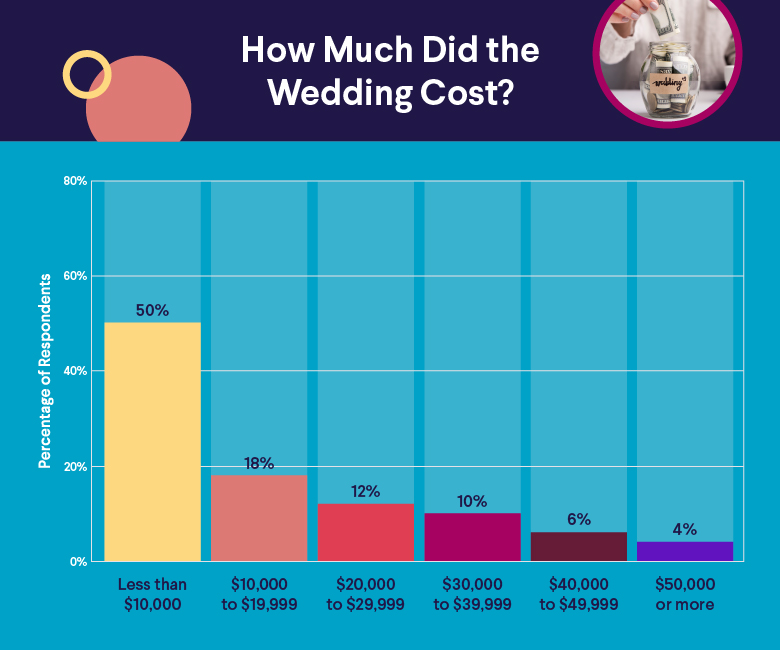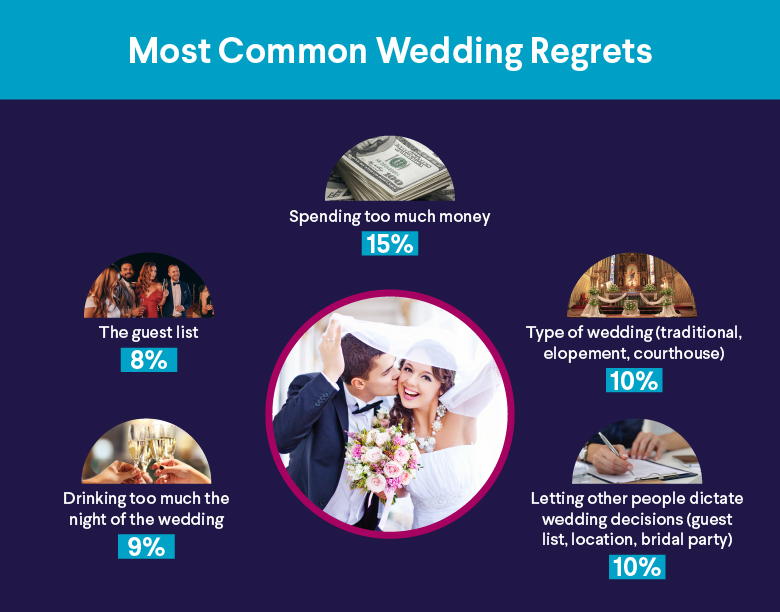FAFSA Summer Aid: All You Need to Know
Some students view summer as a time to rest and relax, while others see it as an opportunity to get ahead in their college coursework. Since many classes can be done at a community college, summer courses may also cost less than the classes you take during the fall and spring semesters.
If you’ve already sorted out your financing of the fall and spring semesters, you may wonder how you’ll cover the cost of a summer session. The good news is that the aid you get through the FAFSA can typically be used to pay for summer classes too. Here’s what you need to know.
Key Points
• FAFSA aid can be used for summer classes, but schools determine which FAFSA year applies to the summer session.
• Federal aid for summer includes grants, federal student loans, and work-study, but all have annual limits.
• Summer funding options beyond FAFSA include scholarships, state grants, summer jobs, and paid internships.
• Some schools and states offer summer-specific grants that can help cover tuition costs.
• Private student loans are an option if federal aid is maxed out, but they lack federal protections like forgiveness and income-driven repayment plans.
When Can FAFSA Cover Summer Classes?
Filling out the Free Application for Federal Student Aid (FAFSA) gives you access to grants, federal student loans, and work-study funds. Whatever aid you qualify for can be used for any term — fall, spring, and/or summer — provided you’ll be enrolled at least half time.
However, you’ll have to reach out to your school’s financial aid to find out which FAFSA year applies to the summer session. For instance, your school may use the 2025-26 for summer 2026, or they may require the 2025-26 FAFSA.
The type of financial aid you can use to offset the cost of summer classes includes:
• Grants This is a form of gift aid and generally does not need to be paid back. You may be eligible for federal, state, and school-specific grants.
• Federal student loans These are fixed-interest-rate loans from the government. Students with financial need may qualify for subsidized student loans. This means the government covers your interest while you are in school and for six months after you graduate. Unsubsidized student loans are available to all students, regardless of need.
• Work-study This federal program provides part-time work, typically on campus, to help students with financial need earn money to help cover college-related expenses.
If you’re thinking of using financial aid to pay for summer classes, keep in mind that there is a maximum amount of aid (including federal student loans) you can get each year, regardless of when you take your classes. You can refer to your financial aid letter (which you likely received before the fall session started) to see the maximum amounts you have been granted. These annual limits stretch over fall, spring, winter, and summer sessions.
💡 Quick Tip: Make no payments on SoFi private student loans for six months after graduation.
Filling Out FAFSA for Summer Aid
The FAFSA is generally released each year on October 1. However, the 2025-26 FAFSA is an exception. Due to an overhaul (and simplification) of the form, the 2025-26 FAFSA will be available in December 2023. Since some aid is awarded on a first-come, first-served basis, it’s a good idea to fill out the FAFSA soon after it’s released. This can potentially increase your chances of getting all the aid you qualify for.
If you already have a FAFSA on file for the previous fall/spring academic year, you may not need to file a new one for the summer session. However, as mentioned above, schools have varying rules on what academic year they belong in for financial aid purposes. Before submitting the FAFSA, contact your college’s financial aid office to see if you need to fill out a new FAFSA and which year you should select.
Filling out the FAFSA for summer aid is the same as filling out the FAFSA for any term. You’ll need to create an FSA ID and then complete and submit your form online at studentaid.gov. You can also print out and mail a paper form.
Alternatives to FAFSA
If you don’t qualify for financial aid or you used up the aid you were awarded during the fall and spring semesters, don’t stress. There are other ways to offset the cost of summer classes.
Summer Jobs
If work-study is not available, you might look for a part-time summer job either on or off-campus to help pay your summer tuition. Working during the summer can also give you valuable work experience and help you start building your resume.
Internships
A paid internship can be an ideal summer job for a college student. These positions often pay well and allow you to gain experience and connections that can help you find employment after you graduate. Your school’s career center may have leads on summer internships. You can also search job boards and tap your personal and professional network to find summer internships.
Summer Class Scholarships
Many organizations, companies, and schools offer scholarships (both need- and merit-based) to college students. Typically, there aren’t restrictions on what term students can use the scholarship for, so you can apply for scholarships and use the awards to pay for your summer classes. Private scholarship amounts tend to be small, but if you can cobble together several awards, it could make a significant dent in your summer tuition.
Your school’s financial aid office or career center may be able to help you find scholarships based on your qualifications. You can also use one of the many online scholarship search tools to find scholarships you may qualify for.
Summer Grant Programs
Some universities offer grants that are designed specifically for students looking to take classes during the summer. For instance, California State University in Fullerton offers two summer tuition grants.
Many states also offer college grants that can be used for the summer term. The Pennsylvania Higher Education Assistance Agency, for example, allows eligible students to receive a Pennsylvania State grant for the summer term.
It can be worth reaching out to your school’s financial aid office to find out what summer funding programs may be available. Also visit the department of education for your state to see if there are any summer-specific state grants you might qualify for. Typically, institutional and state grants are need-based.
Private Student Loans
If you’ve reached your annual limit for federal student loans and need more funding to cover the cost of summer classes, you might consider applying for a private student loan.
These loans are offered by banks, credit unions, and online lenders and typically come with higher lending limits than federal student loans. In fact, you can usually borrow up to the full cost of attendance from a private lender, minus any financial aid. Interest rates vary by lender, so it can be a good idea to shop around. Generally borrowers (or cosigners) with excellent credit qualify for the lowest rates.
Keep in mind, though, that private student loans don’t offer the same protections (like access to forgiveness programs and income-based repayment plans) that come with federal student loans.
💡 Quick Tip: It’s a good idea to understand the pros and cons of private student loans and federal student loans before committing to them.
Why Take Summer Classes?
Whether you choose to study at your current college or a local community college, summer classes offer a number of benefits.
You might opt to go to school in the summer to retake classes you struggled with in the past in order to boost your GPA. Or if you’re behind in your credits, you might use the summer term to catch up and make sure that you can graduate on time. You can also use a summer session to knock out core or elective course requirements and fast track your degree.
Taking summer classes can also lead to cost savings. Some schools offer reduced tuition for these classes. You also might be able to take classes at a local community college for a lower price and transfer those credits to your school.
Recommended: Can You Get a Student Loan for Summer Classes?
The Takeaway
FAFSA aid can typically be used for any college term — including the summer. Just keep in mind that there is an annual maximum you can take out in federal loans, which includes the summer semester. Grants also usually have annual limits.
Other sources of funding for summer classes include private scholarships, summer college grants, income from a part-time job or paid internship, and private student loans.
If you’ve exhausted all federal student aid options, no-fee private student loans from SoFi can help you pay for school. The online application process is easy, and you can see rates and terms in just minutes. Repayment plans are flexible, so you can find an option that works for your financial plan and budget.
FAQ
Do summer classes count as semesters for FAFSA?
Technically, yes. While there is no specific federal funding for summer classes, the aid you are eligible for can be applied to summer tuition. You can find out from your school’s financial aid office which academic year FAFSA will apply to summer classes.
Which year of FAFSA covers summer classes?
It depends on the college’s policy. For instance, your school might require you to fill out a 2023-24 form for the 2025 summer session or the 2025-26 form. Before submitting the FAFSA, you’ll want to contact your college’s financial aid office to see which FAFSA year you should select.
Is there a maximum amount that you can receive from FAFSA overall?
Yes. There are annual limits on how much you can receive in federal financial aid, which includes grants, loans, and work-study programs. The limit for each type of aid varies by school, year, and other factors. You’ll want to be careful to plan your expenses and financing strategies with these limits in mind.
Photo credit: iStock/Yuricazac
SoFi Loan Products
SoFi loans are originated by SoFi Bank, N.A., NMLS #696891 (Member FDIC). For additional product-specific legal and licensing information, see SoFi.com/legal. Equal Housing Lender.
SoFi Private Student Loans
Please borrow responsibly. SoFi Private Student loans are not a substitute for federal loans, grants, and work-study programs. We encourage you to evaluate all your federal student aid options before you consider any private loans, including ours. Read our FAQs.
Terms and Conditions Apply. SOFI RESERVES THE RIGHT TO MODIFY OR DISCONTINUE PRODUCTS AND BENEFITS AT ANY TIME WITHOUT NOTICE. SoFi Private Student loans are subject to program terms and restrictions, such as completion of a loan application and self-certification form, verification of application information, the student's at least half-time enrollment in a degree program at a SoFi-participating school, and, if applicable, a co-signer. In addition, borrowers must be U.S. citizens or other eligible status, be residing in the U.S., and must meet SoFi’s underwriting requirements, including verification of sufficient income to support your ability to repay. Minimum loan amount is $1,000. See SoFi.com/eligibility for more information. Lowest rates reserved for the most creditworthy borrowers. SoFi reserves the right to modify eligibility criteria at any time. This information is subject to change. This information is current as of 04/24/2024 and is subject to change. SoFi Private Student loans are originated by SoFi Bank, N.A. Member FDIC. NMLS #696891. (www.nmlsconsumeraccess.org).
Financial Tips & Strategies: The tips provided on this website are of a general nature and do not take into account your specific objectives, financial situation, and needs. You should always consider their appropriateness given your own circumstances.
External Websites: The information and analysis provided through hyperlinks to third-party websites, while believed to be accurate, cannot be guaranteed by SoFi. Links are provided for informational purposes and should not be viewed as an endorsement.
SOIS1023011
Read more












